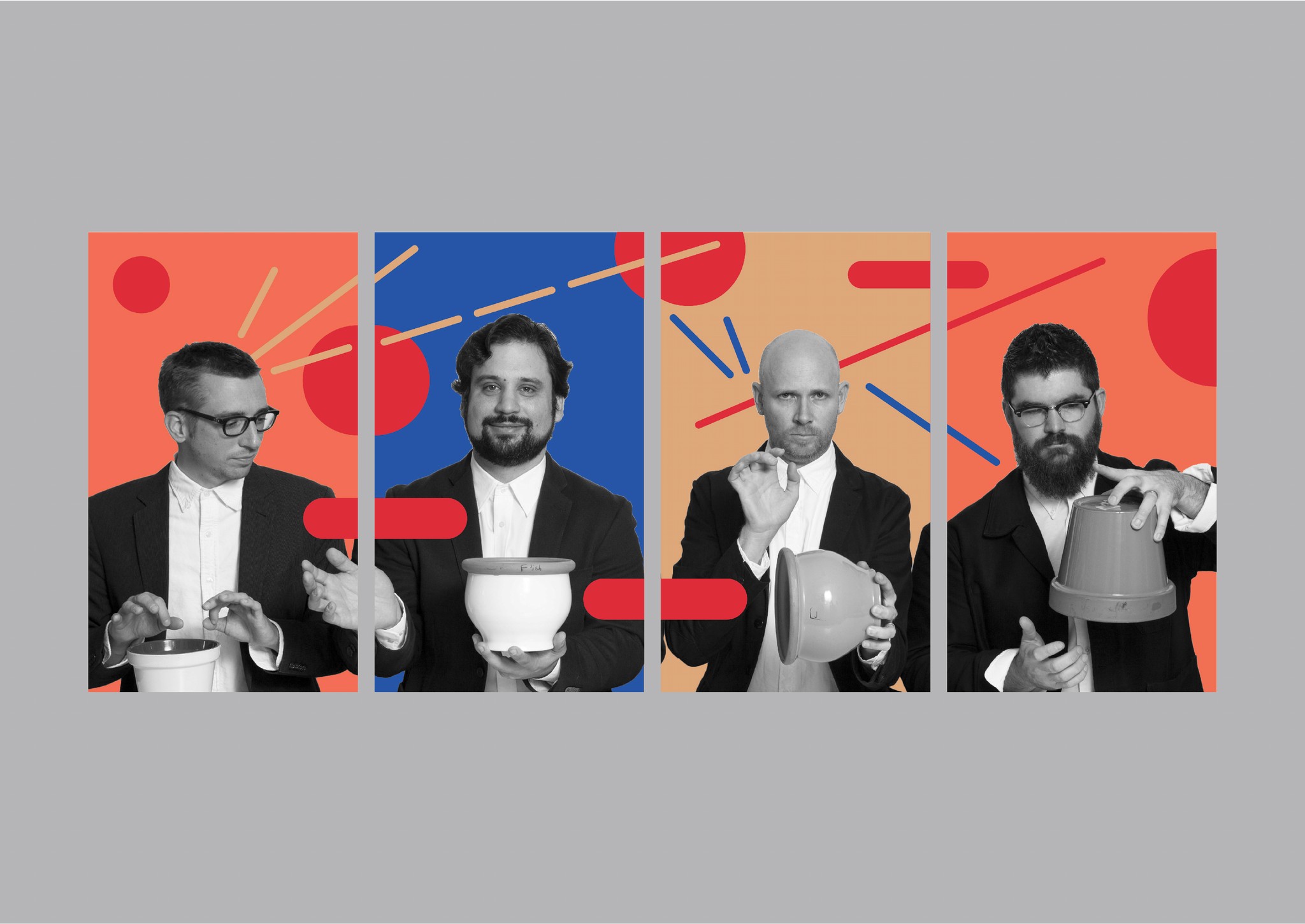Carnegie Hall Rebranding
Carnegie Hall—the ultimate place to perform, yet associated with being expensive, old, and intimidating. How can we utilize rebranding to change these connotations to attract a broader and younger audience? By emphasizing the immersive quality of live music and the passion of the performers, highlighting how music transcends all barriers.
Branding
Strategy
Role:
Brand Strategist, Graphic Designer
Team:
Individual Project
01
Problem Space
Background
Carnegie Hall is a prestigious venue for musicians, but it doesn’t draw many tourists. Despite affordable options like same-day and $10 student tickets, it's often incorrectly assumed to be pricey, and its local membership numbers are weak in comparison to Lincoln Center. The Board of Trustees seeks to shift its image towards accessibility and education.
Problem Statement
How might we enhance Carnegie Hall's appeal to a broader audience, emphasizing its historical significance while also engaging local communities and correcting misconceptions about its affordability?
02
Brand Research
Mission Statement
Carnegie Hall's mission is to present extraordinary music and musicians on the three stages of this legendary hall, to bring the transformative power of music to the widest possible audience, to provide visionary education programs, and to foster the future of music through the cultivation of new works, artists, and audiences.
Brand Audit
Upon reviewing Carnegie Hall's services, unique features, and branding across physical and digital mediums, it is observed:
Current branding lacks a sense of approachability and excitement, which could hinder the brand's engagement and appeal to younger audiences.
Issues of inconsistent branding and scattered information exist throughout Carnegie Hall's social media platforms, such as Instagram, Facebook, and Youtube.
Messaging for events primarily caters to performers and industry professionals, using technical language that may alienate the general public.
Competitive Analysis
Carnegie Hall's programming is centered around music, while its main competitor, Lincoln Center, offers a wider range of offerings in addition to music such as opera, ballet, and theater. In a positioning matrix, Carnegie Hall and its competitors are compared against two main factors:
Specificity vs. Variety: Carnegie Hall falls specific with its sole focus on music, while Lincoln Center leans varied with its many types of cultural experiences.
Rational vs. Emotional Benefits: Carnegie Hall offers rational benefits through its educational programs, appealing to people who want to learn and appreciate music. Music venues such as the Bowery Ballroom tend to offer emotional benefits by providing recreational experiences rather than educational.
Audience Interviews
Having conducted interviews with 15 participants ranging from ages 19 to 27, findings reveal varied perceptions of Carnegie Hall and Lincoln Center. Participants generally view Carnegie Hall as traditional and somewhat intimidating due to its grandiose architecture and established reputation. It is primarily associated with classical music and holds a strong historical allure, although there is a notable lack of detailed knowledge among some participants. Famous performances add to its appeal, yet awareness of its educational programs and student ticket options is low. In contrast, Lincoln Center is seen as more convenient, casual, and versatile, offering a broader range of cultural experiences beyond classical music.
Takeaways & Opportunities
Emphasize Carnegie Hall's emotional benefits through branding and messaging.
Promote the institution's educational outreach to strengthen ties with the local community.
Utilize social media and other promotion channels to increase awareness among younger audiences.
Create interactive experiences that highlight Carnegie Hall’s history and architecture in a more engaging and approachable manner.
03
Audience Understanding
Demographic
Retirees, children, instructors, aspiring musicians, school orchestras, students, families, locals, and international visitors.
Functional Understanding
Core
Educational
vs
Aspirational
Recreational
Psychographic Understanding
A common characteristic of this audience is that they want to be inspired by music. They want not dance, not theater, but music.
04
Creative Strategy
Big Idea
To feel at one with music.
Brand Strategy
Emphasizing shared experience.
Description
Music is the common thread that unites us. Listening to it live, it's more than just sound—it's a shared experience that transcends time and space, where individuals, whether seasoned enthusiasts or first-time attendees, discover a connection through the language of music. Listening to music at Carnegie Hall is a shared experience that allows for emotional connection.
Mission
To form a community of music lovers by bringing the passion of music to everyone.
Vision
To foster the future of music in younger generations.
Brand Values
Education, community, passion.
Audience
People who want to feel the immersive power of music.
Personality
The Harmonious Unifier.
Tone of Voice
Inclusive, engaging, uplifting.
05
Deliverables
Brochures
Tickets: Front

Tickets: Back

Flags

OOH Advertising: Subway Posters


Website Landing Page & Merchandise


OOH Advertising: Special Event Poster




